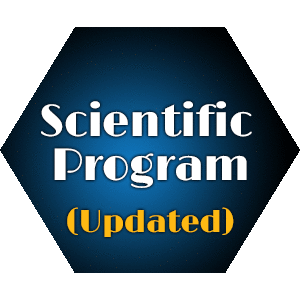Shengjun Zhang
Zhejiang Environmental Monitoring Center, China
Title: Identification of OH-PCDFs in zebrafish and goldfish via in vivo exposure to PXDFs
Biography
Biography: Shengjun Zhang
Abstract
Mixed halogenated dibenzo-p-dioxins and dibenzofurans (PXDD/Fs) are the class of contaminants due to plenty of congeners (4700 theoretically possible), limited analytical standards and complex environmental matrices. PXDD/Fs can be released from unintentional formation during industrial activities, and the toxicity potency of some PXDD/F congeners maybe greater than their corresponding chlorinated and brominated analogues. However, limited toxicological information on in vivo or in vitro exposure of PXDD/Fs is available. In the present study equimolar doses of environmentally relevant PXDF congeners (4-B-2378-CDF or 13-B-278-CDF) were added in fish feed (goldfish was given intraperitoneally) to zebrafish. After a 28 day exposure to two dose of 4-B-2378-CDF or 13-B-278-CDF (0.01 and 1 ng/g), the muscle tissue of zebrafish or goldfish was homogenized and analyzed. The results showed target compound was executed mostly while the recovery of control group was 98%. Four congeners of OH-PCDFs were identified and characterized in fish with authentic reference value by gas chromatography coupled with high resolution mass spectrometer (GC-HRMS). It’s noteworthy that this is the first finding PXDFs can be debrominated and hydroxylated in aquatic organism. Although the position of the hydroxyl groups cannot distinguished from the mass spectrometric fragmentation, the same debromination and hydroxylation pathways were observed both in 4-B-2378-CDF and 13-B-278-CDF. Such hydroxylation processes were well identified in fish for OH-PCBs. Our results revealed that in vivo exposure of PXDFs gave rise to plenty of OH-PCDFs in fish which is the first-hand data on metabolism of PXDFs and further studies are needed to evaluated metabolism or biotransformation mechanism in aquatic organism.

